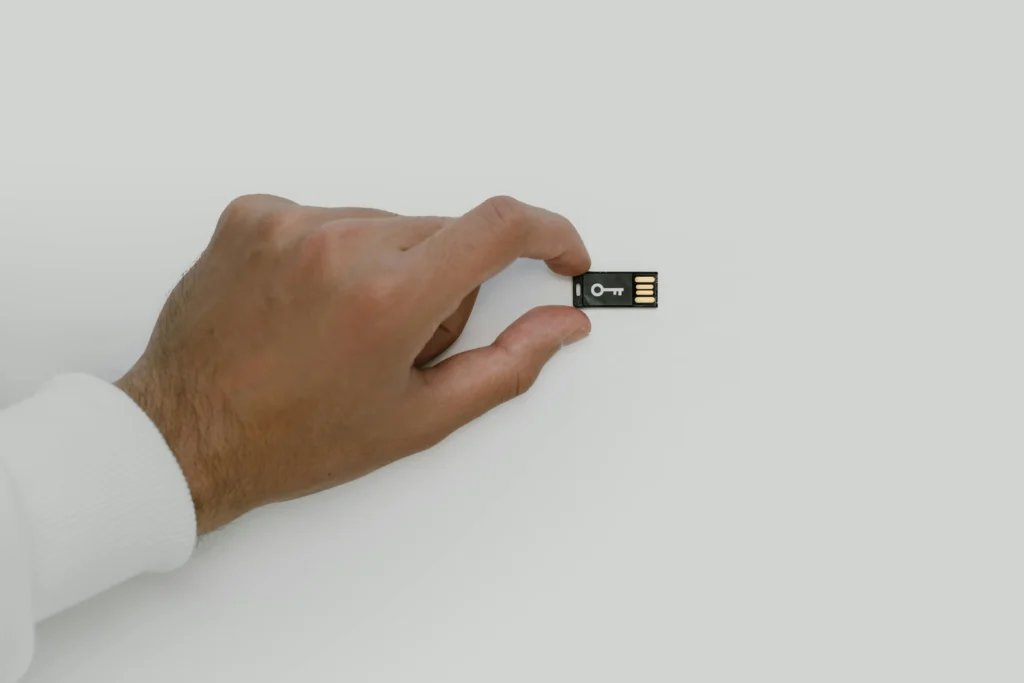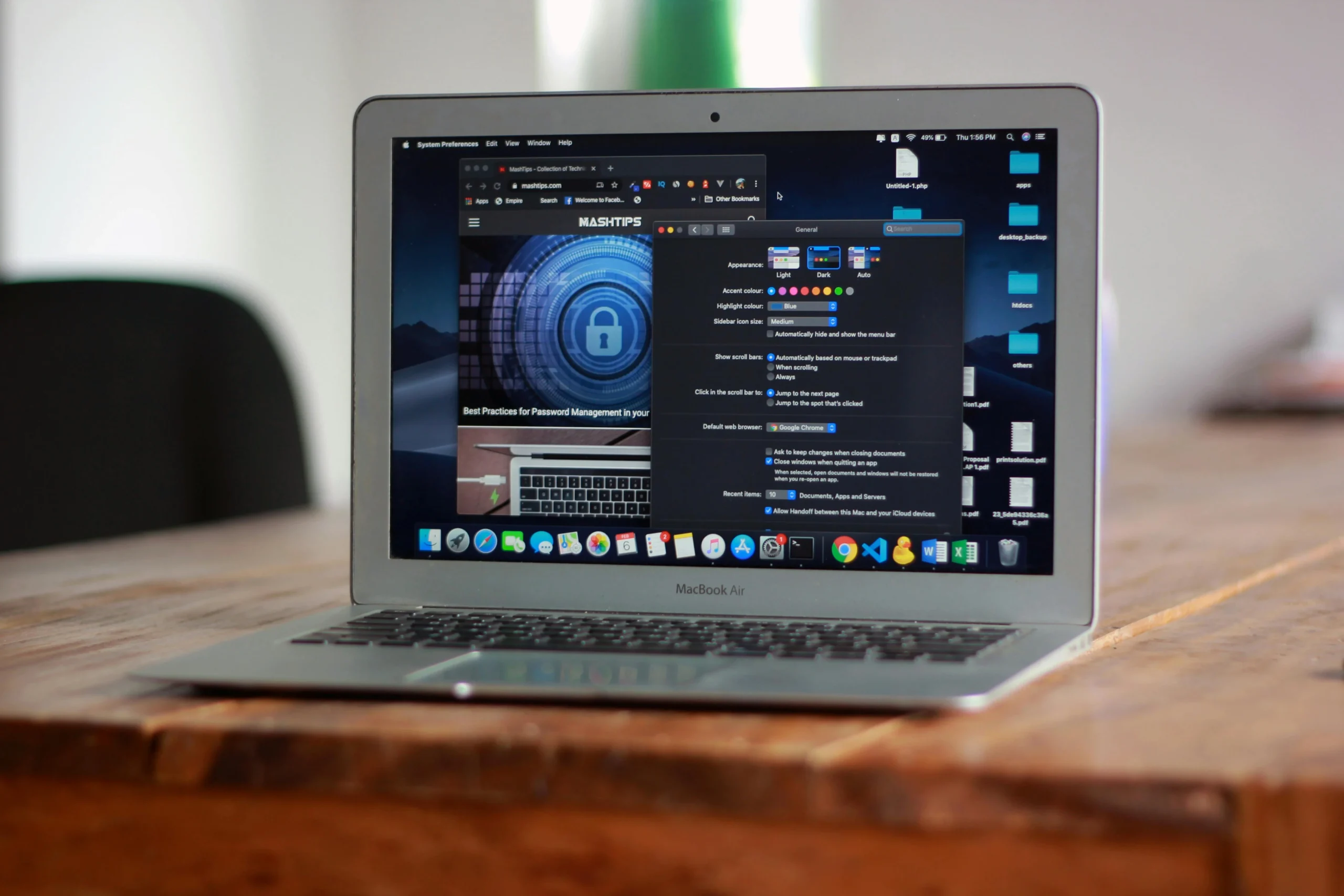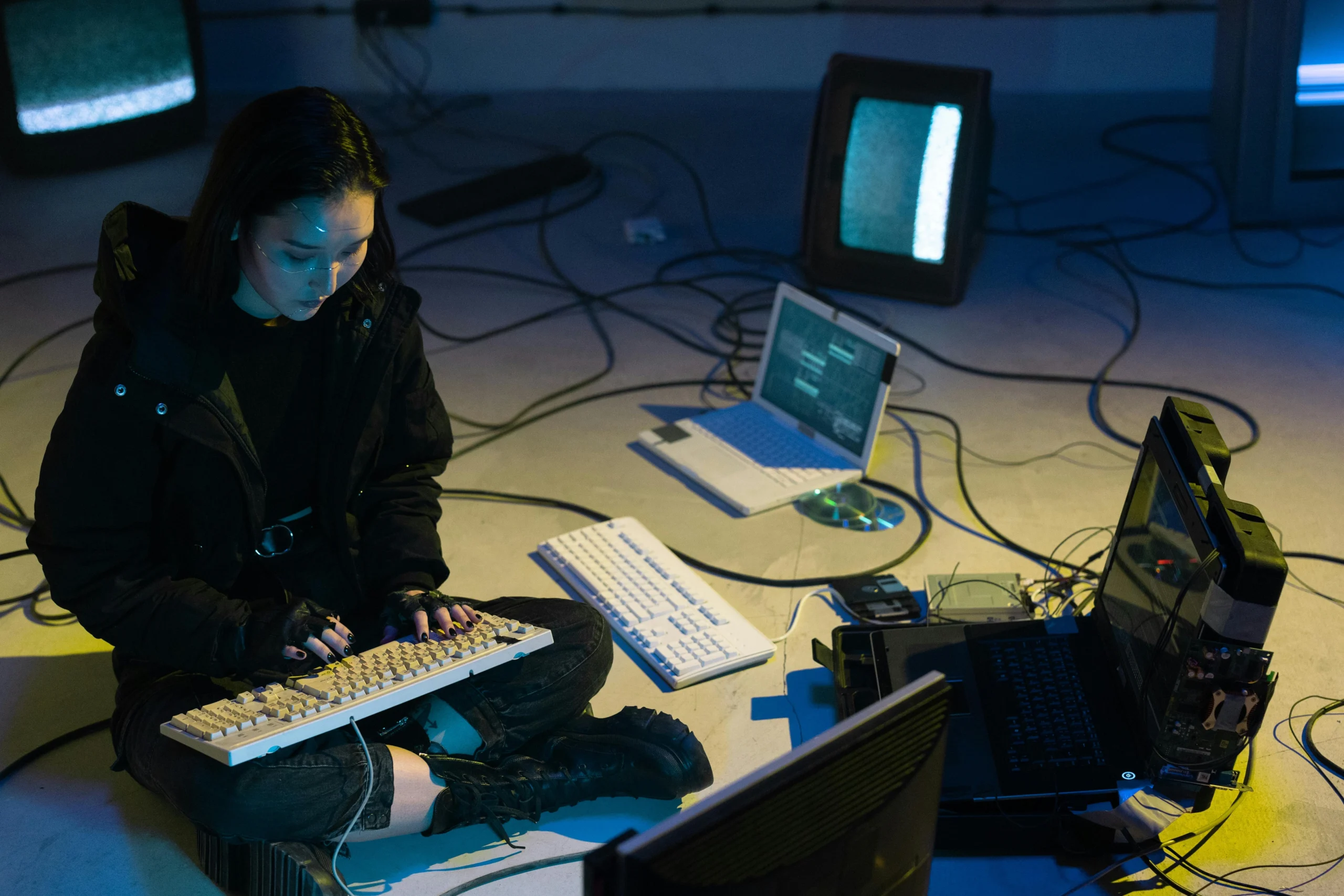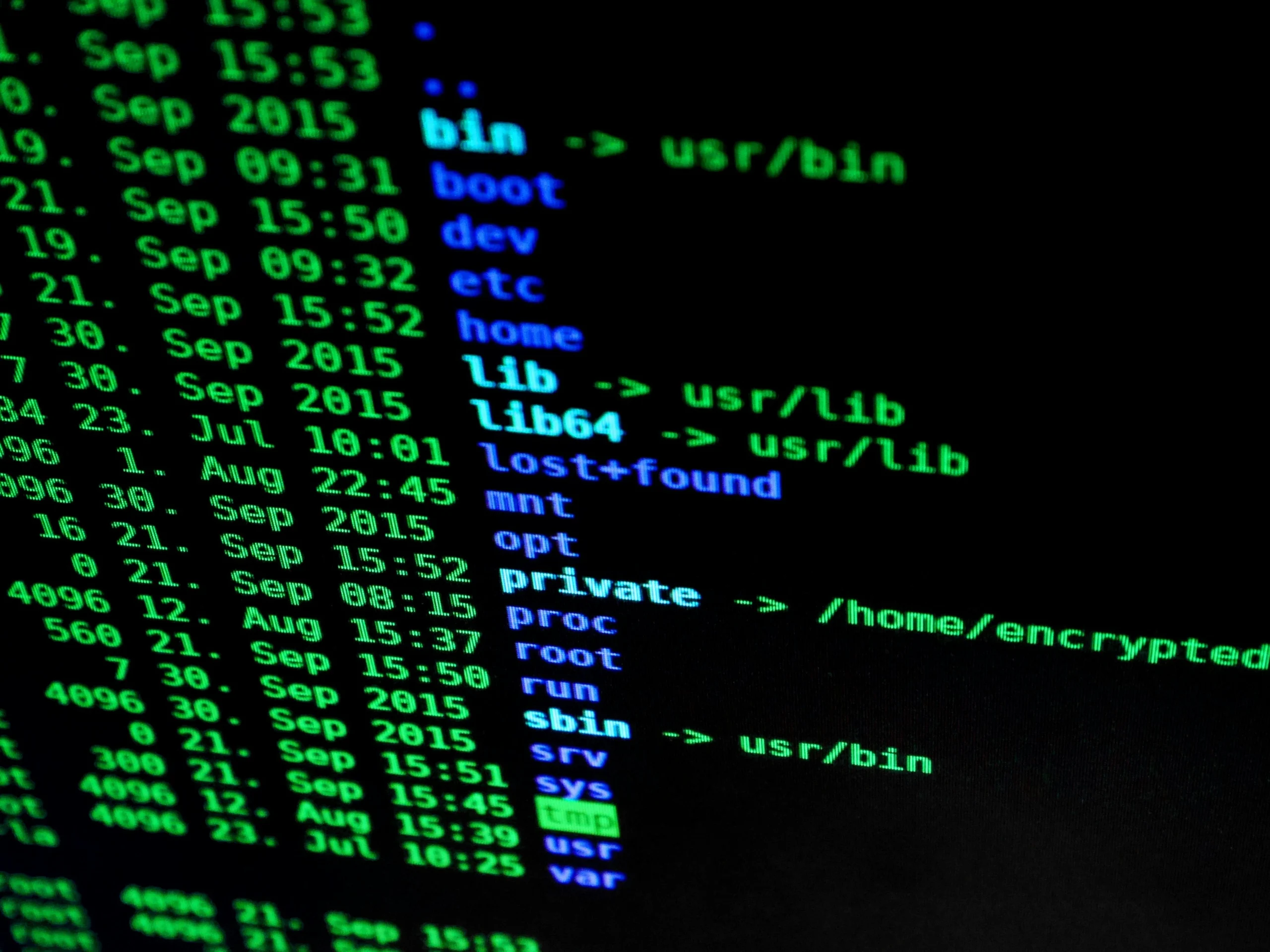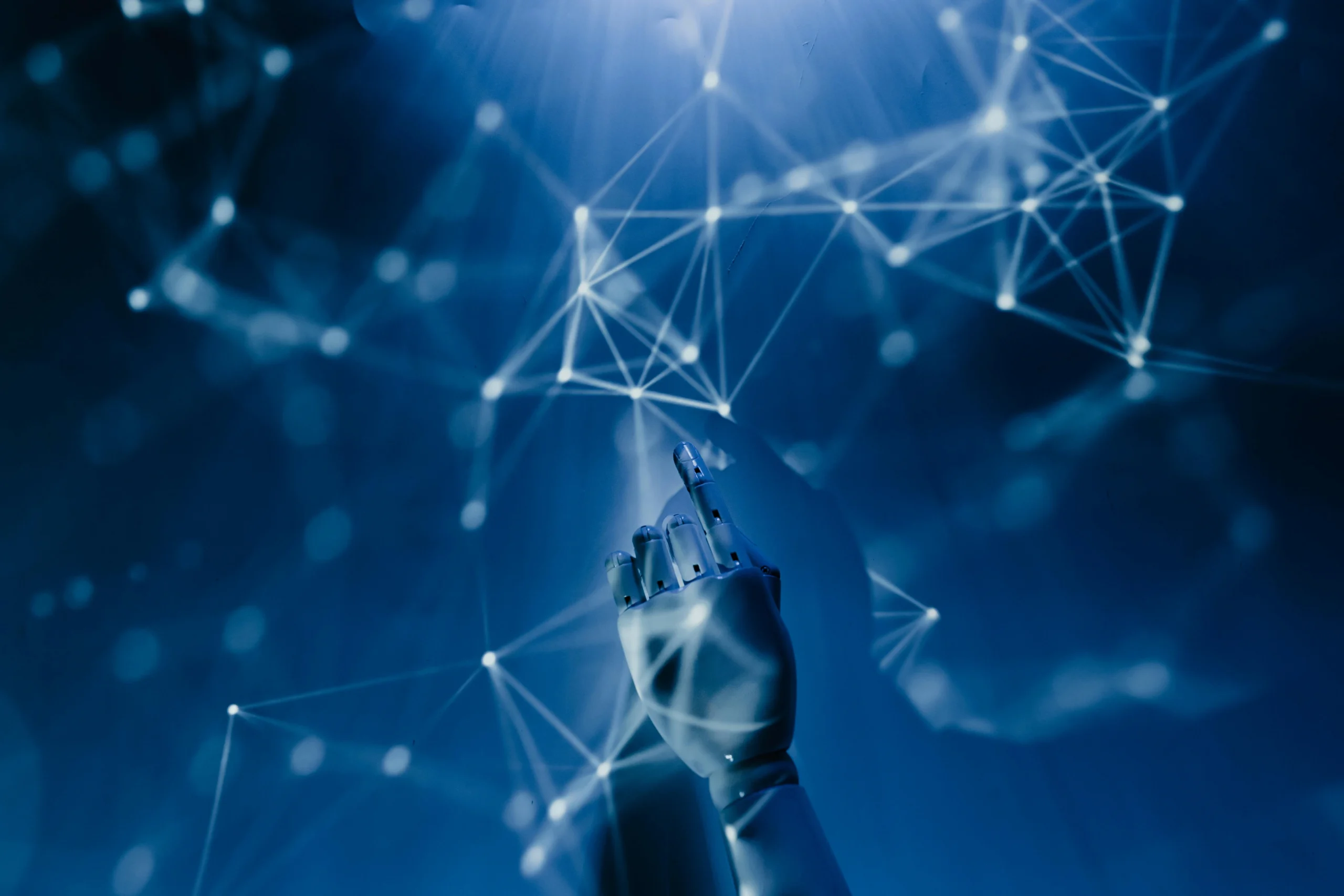Nvidia’s announcement of ‘Physical AI’ marks a significant progression in AI technology, emphasizing its potential to integrate intelligence in robots, autonomous vehicles, and various systems. Vice President Kari Briski stated that Physical AI will allow machines to perceive the world and act accordingly, thus transforming interactions in factories where robots and humans will work side-by-side.
The U.S. is investing around $1.2 trillion to bolster advanced manufacturing and alleviate workforce shortages, and Nvidia envisions Physical AI addressing these gaps. Briski argues that this technology will not replace jobs but will supplement unfilled positions, fostering collaboration between robots and humans. Current advancement challenges include the integration of numerous vendor systems in modern factories, a process that might take up to five years according to Nvidia’s Vice President of Omniverse Technology, Rev Lebaredian.
Furthermore, Nvidia has introduced the ‘Cosmos Reason’ model, which aids robots in analyzing scenarios based on visual input. The collaboration with Uber aims to deploy over 100,000 autonomous taxis globally by 2027, significantly increasing the job creation in various sectors related to this technology.
👉 Pročitaj original: CIO Magazine
